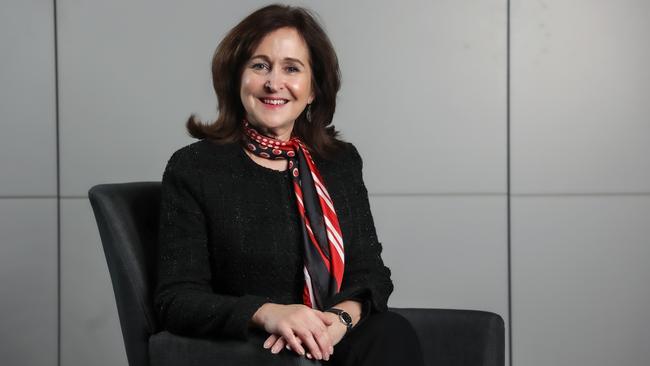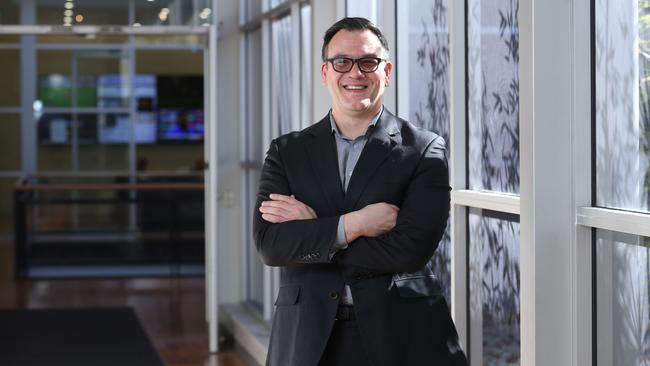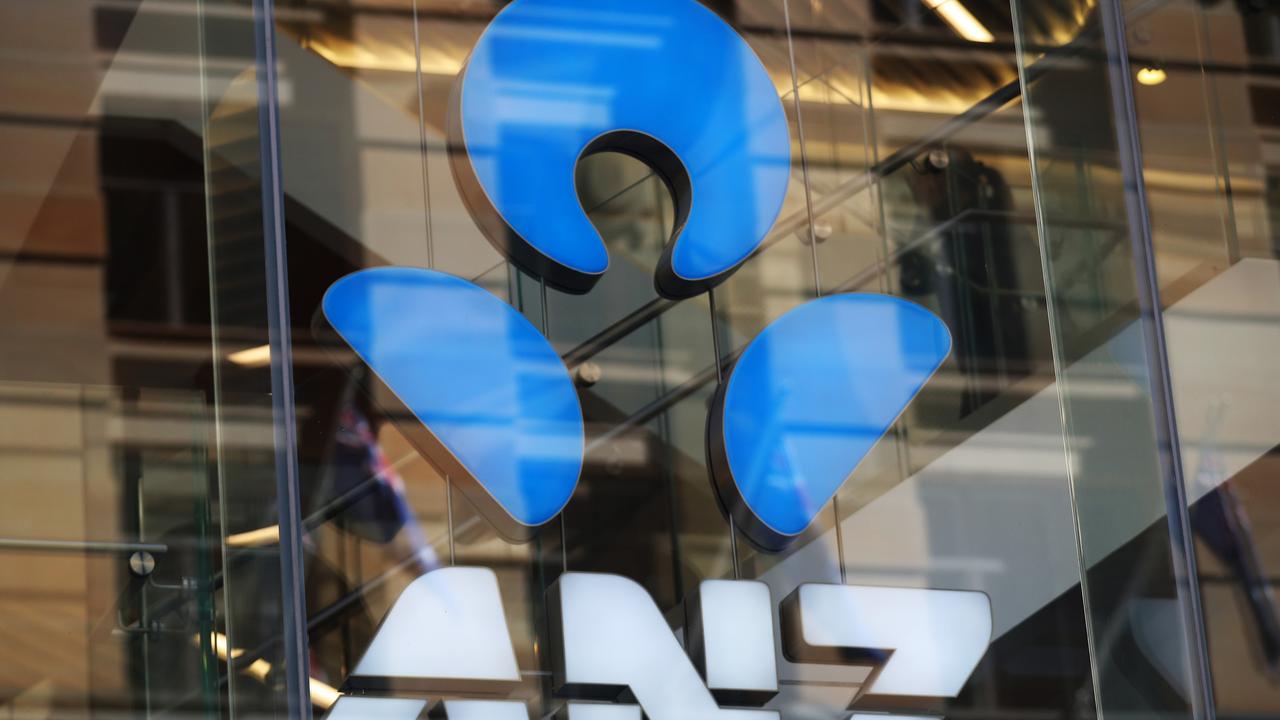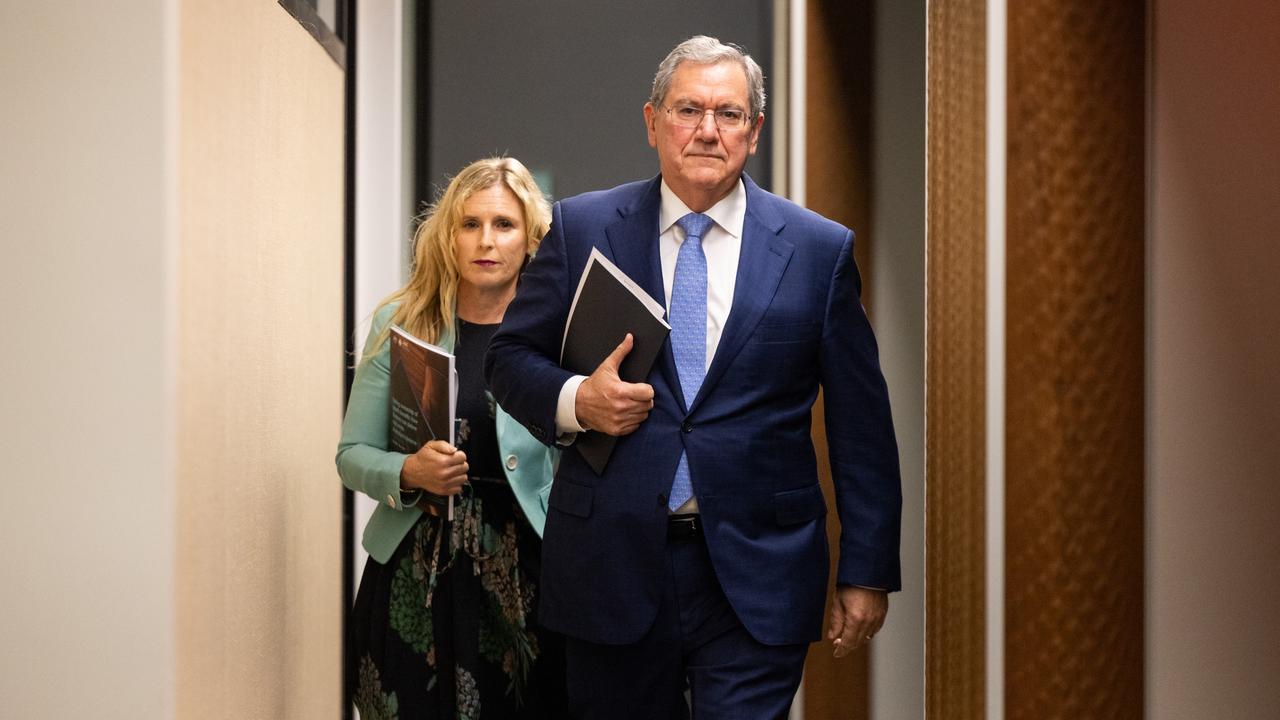
Those on lower incomes, renters and people with big mortgages and debt are among those who will be doing it tough in the next year, which could still see another Reserve Bank rate rise to combat inflation.
One piece of interesting data about those on the lower end of the income scale has come from The Australian’s annual CEO survey, by associate editor Eric Johnston, who was told by the CEO of the $76bn health industry super fund HESTA, Debby Blakey, about the increasing number of her members trying to access their super early due to hardship.
While Australians have always been able to apply to access some or all of their superannuation in cases of hardship, it has not been easy to do so, with preservation of super until retirement being a key pillar of the system.
The Morrison government changed things during Covid in 2020 when it allowed people to access their super early, in two tranches of up to $10,000 each.
While members would have been better off over the long term keeping their money in super, one in six Australians of working age – and one in four 34-year-olds – took advantage of the opportunity. They withdrew $38bn from the system, the equivalent of 2 per cent of GDP, some wiping out their retirement savings.
Blakey, whose fund represents more than a million Australians mostly in the health and community services sector, 80 per cent of them women, said approaches from members wanting to access their super due to hardship has not stopped since 2020.
“The number of calls we’ve received regarding accessing funds has doubled since 2020,” she says.
“We’re hearing from members who are not in traditionally vulnerable cohorts who find themselves struggling. We are also hearing about members who have effectively retired and feel they will need to return to work.”
HESTA members are younger and have lower average incomes than many other super funds.
“They are critical workers, but the undervaluation of their work means that they will feel the cost-of-living pressures more acutely than most,” Blakey says.
“With the most recent RBA rate rise, our members with a typical $500,000 mortgage over 25 years, have seen more than $1200 added to monthly repayments since May 2022.”
Blakey also reports that an increasing number of her members are accessing a support website called Ask Izzy, which HESTA has partnered with to provide help for its members under pressure.
“Ask Izzy is a free website that connects people in need with financial help, housing, family violence support, and much more,” she says. “Since late April, more than 1100 HESTA members have used Ask Izzy, 90 per cent finding it from the HESTA website.”

Her comments provide a small snapshot of a cohort of Australians doing it tough. Despite assurances by the big banks that their members have been coping with the big rise in interest rates since early 2022, there are those at the bottom end feeling the pressure.
The Covid super withdrawal has also attracted the attention of researchers who delivered a paper at a recent workshop hosted by the Reserve Bank.
While the paper looks at the role of the early pension withdrawal program as an economic stimulus, it goes into some detail in analysing the people who took money out of their super in 2020.
“The super withdrawal program gave people a seemingly one-off chance to withdraw $20,000 from their retirement accounts before retirement at an expected cost to their balance at retirement of perhaps $120,000 in today’s dollars,” the authors noted. “Those who chose to withdraw were younger, with very little assets, very low rates of saving, more likely to be in blue-collar occupations and to live in rural or remote areas,” they said.
The researchers noted the total withdrawals represented 9 per cent of assets in super funds, but some 51 per cent of the super savings of those who did withdraw.
They also noted that by the end of the first tranche of withdrawal of up to $10,000, a third of those had drawn down all their super.
Blakey’s observations and those by the researchers highlight how the fortunes of those at the lower end of the system worsen.
The chief executive of $83bn construction industry super fund Cbus Kristian Fok whose members are in a better financial position, also noted members dipping more regularly into their retirement savings to meet cost-of-living pressures.
“With the cost-of-living pressures, we are seeing a change of retired members or members approaching retirement age withdrawing small amounts more regularly,” he said. “Some are looking into how to tap into some extra money for the first time.”
The record influx of immigration to Australia since the end of Covid – a record net gain of 518,000 migrants over the year to June 2023 – has helped boost demand in the economy and mask the pressures being felt by those at the bottom end of the system.
It has also put heavy pressure on rental costs and added to inflationary pressures.
As the latest minutes of the Reserve Bank board note: “Tight rental markets (are) likely to be an ongoing source of inflationary pressure for some time.”
For those with mortgages, the RBA noted that total household debt payments as a share of disposable income have “increased significantly” during its tightening phase with scheduled mortgage payments increasing to an alltime high of 10 per cent in October.
The board noted that “scheduled mortgage payments will continue to rise as borrowers with expiring fixed-rate loans roll off to higher mortgage rates and lenders pass on the cash rate increase in November to lending rates”.
Unemployment is relatively low at about 3.8 per cent but the RBA minutes note employment growth is shifting to part-time jobs and a fall in average hours worked.
After more than a year of rate rises can the economy hold up into 2024? Fok notes that “the weak outlook for consumption, growth has been supported by strong migration and exports”.
“Overall, given the challenging backdrop of higher rates and soft household disposable income, a slowing in growth over the next year is likely. The risk of recession has increased and is higher than normal, but it is not a foregone conclusion.”
Let’s hope he’s right.








As Australia heads into 2024 hoping it can avoid a recession, there will a sharp difference between the fortunes of the haves and the have-nots.